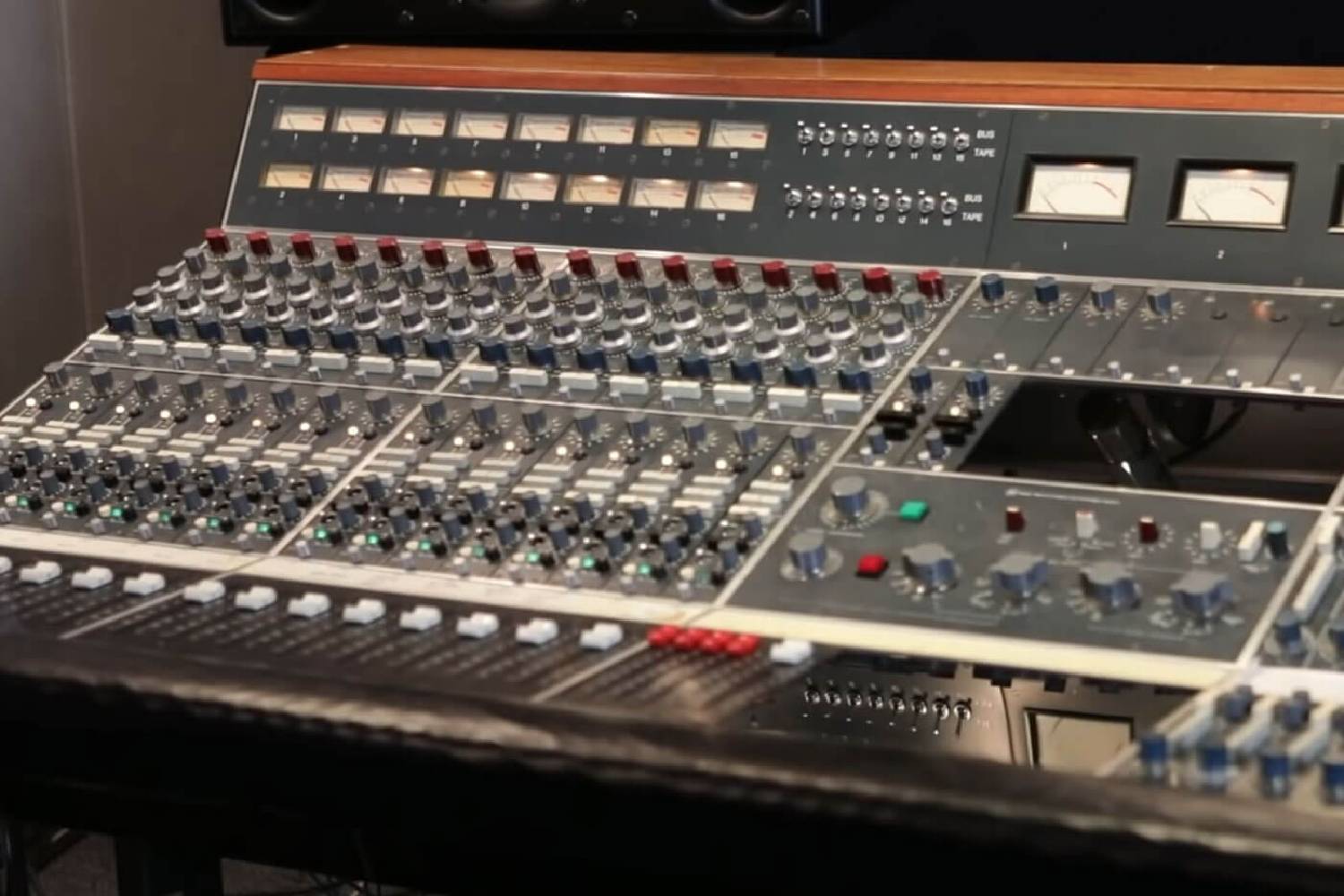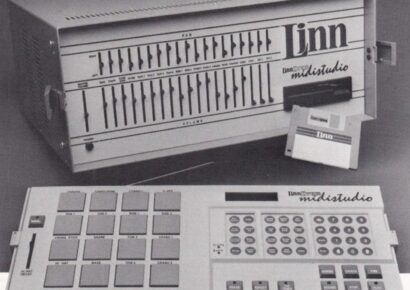The Neve name is synonymous with quality, both of sonics and build, and for good reason. There's maybe none more known than the 1073.
Few pieces of gear receive such universal, long-lived, and well-justified acclaim as the Neve 1073 preamp/EQ. Frequently emulated but rarely surpassed, 1073 modules have been the pride of many a recording studio over the 50 years they’ve been in production, from George Martin’s AIR Studios to Los Angeles’ Sound City. They’re prized by generations of engineers and producers for their lush sonic character – clear and powerful when fed with moderate level, and warm, punchy and mid-forward when pushed to saturation.
Read all the latest features, columns and more here.
A Bit of History
Neve Electronics was founded in the early 60s in Harlow, Essex, just north of London, by a prodigious young electrical engineer named Rupert Neve. He’d cut his teeth using hand-built equipment in a mobile recording and public address van, with a client list that included Winston Churchill and Princess (later Queen) Elizabeth.
This was an era where valve technology was still the dominant method of amplification, and the earliest Neve preamps did in fact still use vacuum tubes. But valves were bulky, inefficient, hot, and expensive, and so Neve jumped at the opportunity to innovate. He became an early adopter of solid state technology, so-called because it current passes through a solid semi-conductor like germanium or silicon as opposed to a vacuum, as with tubes.
Early forays into solid state preamps, like those in the first commercial transistor console commissioned by Philips Recording Studio in 1964, replaced vacuum tubes with germanium-based transistors. While they had clear benefits over valves, including being smaller and more affordable, they suffered from inconsistent performance. Around 1966, silicon transistors became commercially available – they performed consistently and reliably, and were cheaper and quieter again than their germanium-flavoured predecessors. These would be the transistors that formed the dual input stages of the 1073 preamp.
Birth of the 1073 preamp
In 1970, Wessex Studios commissioned a now well-established Neve Electronics to build them a console. The Wessex A88, as it came to be known, was the first to include the famous 1073 preamp/EQ module, which was specifically designed for recording music rather than being tailored for speech in a radio broadcast context, as many of Neve’s previous desks had been. This meant that it needed powerful preamps, a versatile, musical-sounding EQ, as well as excellent signal isolation to prevent interference and ground loops. It became the first 24-track desk to be installed in London.
The first record made on the A88 was King Crimson’s Lizard, which received mixed reviews in the press but was widely regarded as sonically brilliant, kickstarting the near-mythical reputation of the 1073. Artists who would go on to record on the console include Queen, Sex Pistols, and the Clash.
British Iron
Part of the allure of this iconic preamp is the colour it imparts on signal passed through it – at moderate levels, it’s full and powerful, and as you push it, it becomes warm and subtly saturated, with punchy mids and deep, extended lows. This is in no small part due to the input and output transformers, commonly dubbed “British Iron” for the conductor used to to wind them. These transformers were designed meticulously by Rupert Neve himself; in the early days, they were fabricated in-house, but as demand for Neve preamps grew, production was outsourced to Marinair Radar, a local company who made parts for the aerospace industry and as such already had the facilities for the precision building of high quality transformers. The collaboration between Neve and Marinair resulted in the LO1166, the legendary transformer employed in the 1073 whose spec is unchanged to this day and remains a closely-guarded secret by the company.
The Famous Neve EQ Section
The 1073’s EQ was designed to be versatile and musical, with switchable frequency points to cater for a variety of sources and gentle sloping filters to enable smooth shaping of sound. By today’s standards, it’s quite limited in its settings, but this is part of what makes it such a joy to use – while the stock parametric EQ in your DAW with its practically limitless bands and settings can accomplish any sonic shaping you could dream up, the simple layout of the 1073 EQ allows for quick, instinctive changes that almost always sound good.
The high-pass filter is fixed at a relatively steep 18 dB/octave slope, with switchable frequencies of 50, 80, 160, and 300Hz, for eliminating rumble and unnecessary low end. It overlaps with the low shelf, which is stepped at 35, 60, 110, and 220Hz, ideal for adding a bit of weight to a bass guitar or kick drum as well as gently attenuating lows in a more natural-sounding way than with the high-pass filter.
The midrange is handled by a fixed-Q peaking filter that can boost or cut up to 18 dB. The six selectable centre frequencies range from 360Hz to 7.2kHz; the lower values are perfect for cutting mud in electric guitars or honkiness in drums, while the upper midrange can add some snap to your snare or presence to your vocal. The top end is handled by a shelving filter fixed at 12kHz, perfect for taming harsh cymbals and hissy amps or adding sheen to just about anything. The best part is that due to the shallow slopes and pleasant analogue saturation, you can be quite extreme with the EQ before you run into any harshness.
Clone
Countless companies have sought to capture the essence of the 1073 in their own versions of the unit. You can find anything from faithful, hand-wired recreations to inexpensive, mass-produced facsimiles and hot-rodded modern updates, from companies like BAE, Warm Audio, Vintech and Golden Age, or even software emulations like those from Universal Audio, Slate and Waves.
AMS Neve, who acquired Neve Companies in the early 90s, some time after it was sold by Rupert himself, now make the “official” versions of the unit. They’re still hand-built in the UK, with transformers wound to Rupert’s original hand-drawn spec, and exist in a few different formats (500 series, 19” rack) with varying features (digital connectivity, phantom power, DI inputs, with and without EQ).
The plethora of pretenders – and the robust online discussion they continue to generate – is a testament to the timeless quality of this legendary piece of kit, and to the vision of its creator, the late, great Rupert Neve.
Keep reading about Rupert Neve and his legacy here.







